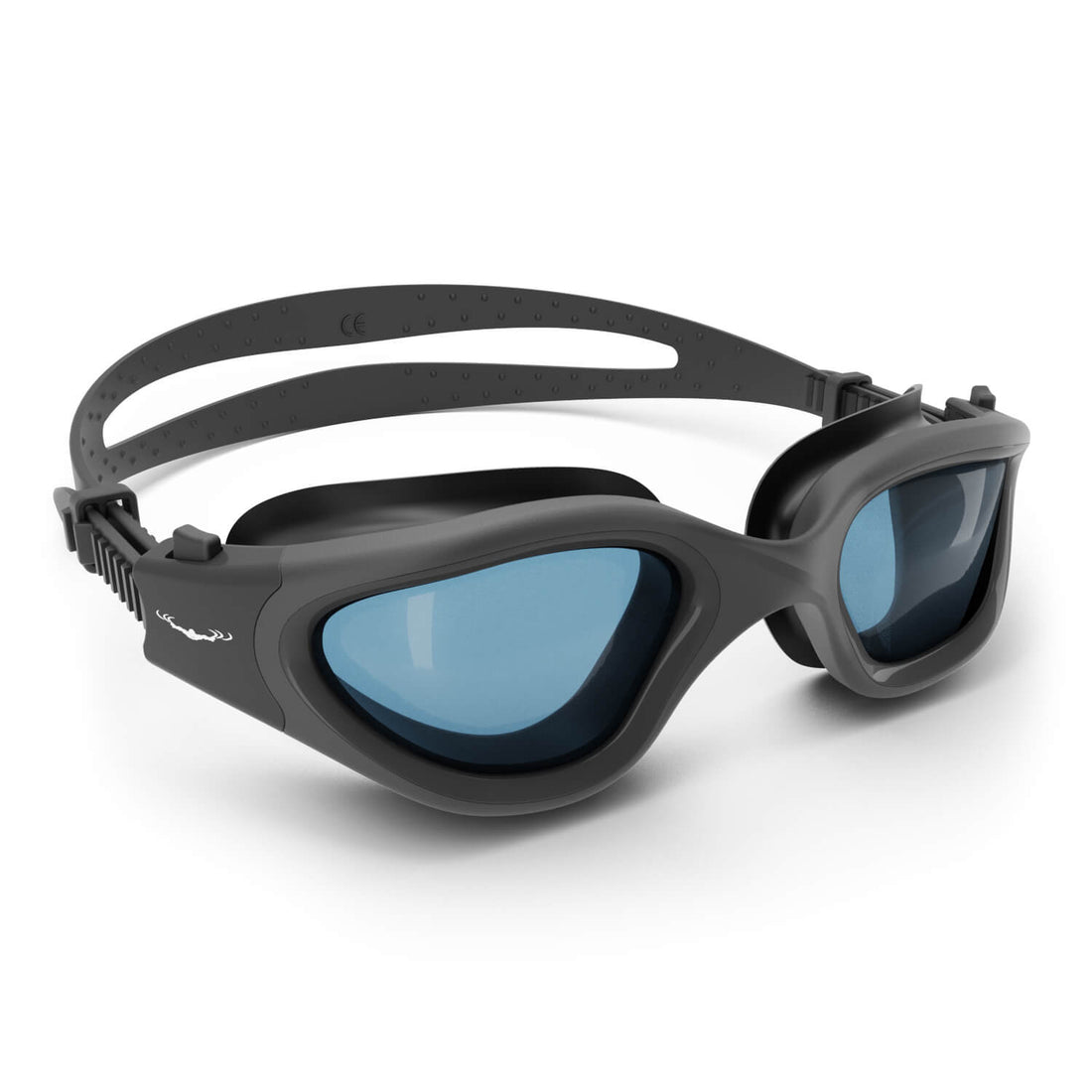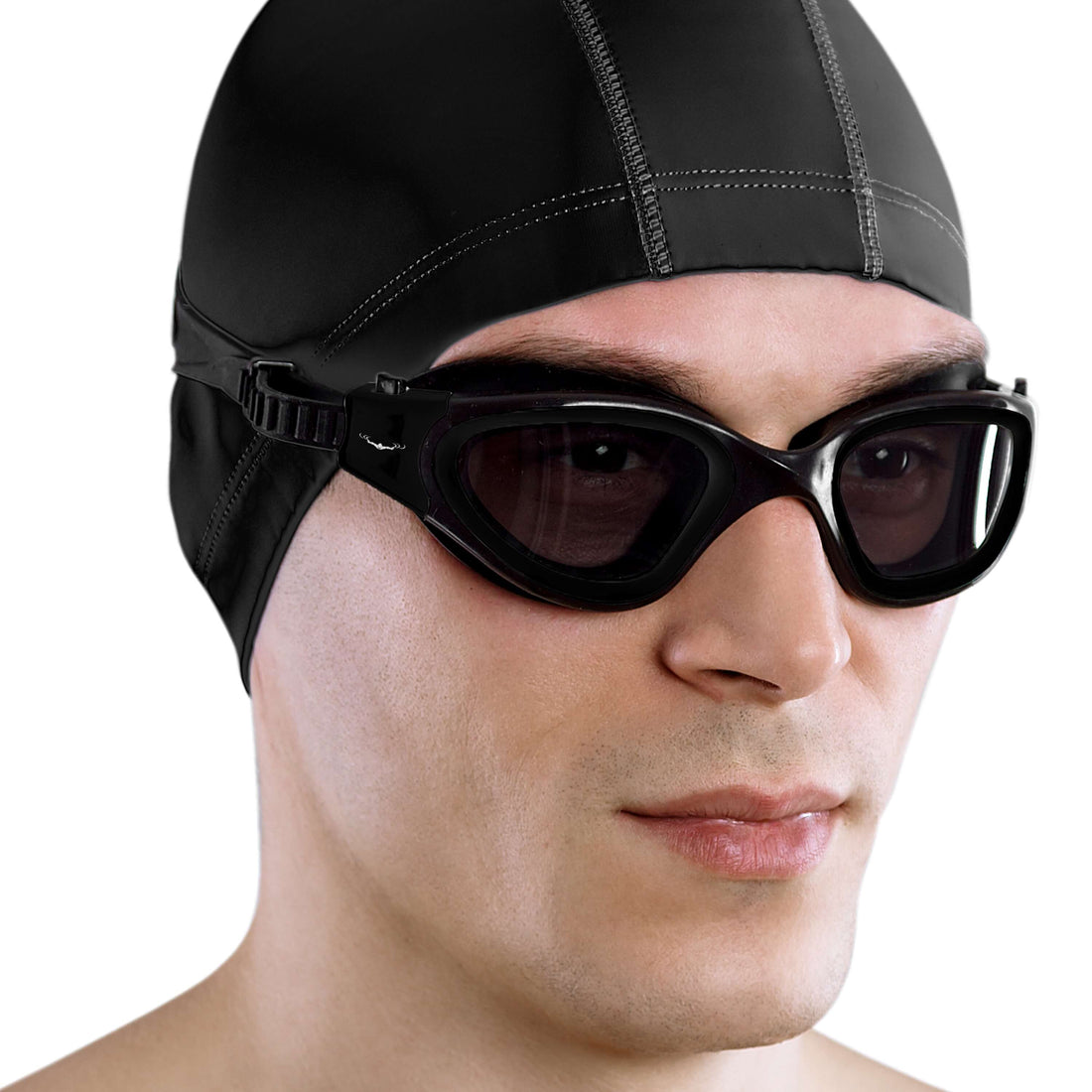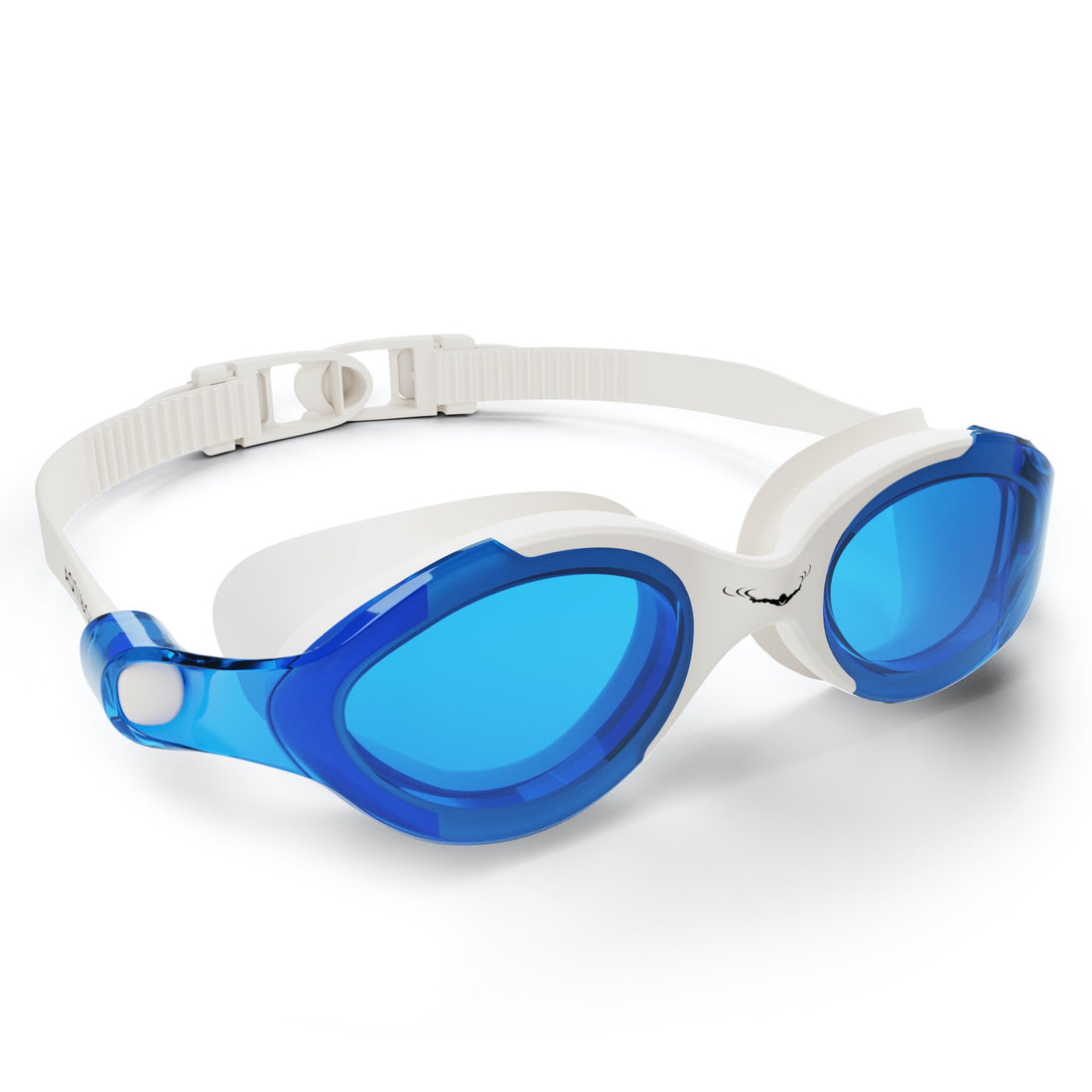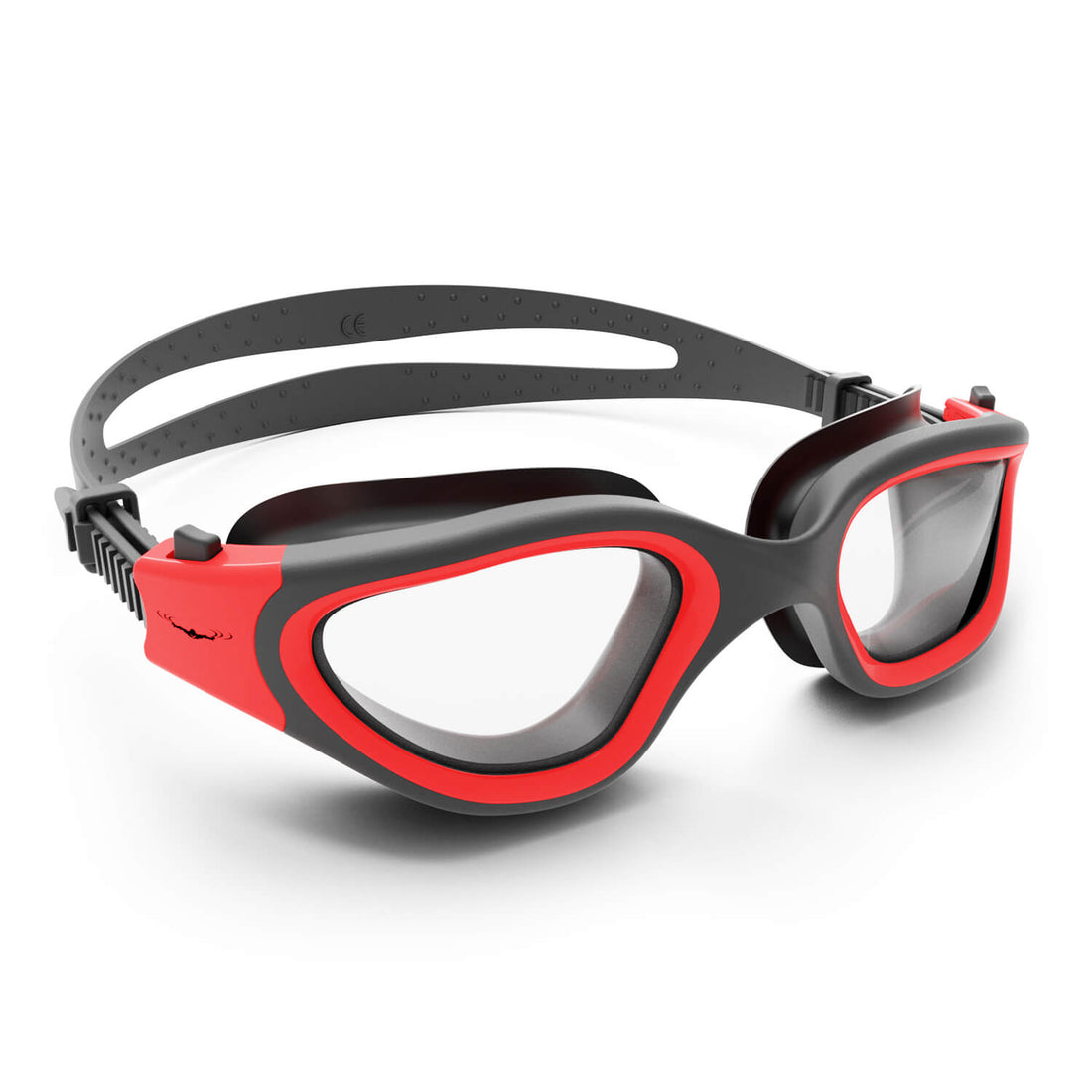Frequently Asked Questions
1. What is the role of swimming in injury rehabilitation?
2. Why is swimming considered a low-impact exercise?
3. What are the psychological benefits of swimming during rehabilitation?
4. How should I start incorporating swimming into my rehab routine?
5. How can I track my progress while swimming for rehabilitation?
Injury rehabilitation can be a challenging journey, often filled with frustration and discomfort. However, a supportive and engaging method can facilitate recovery: swimming. This low-impact exercise offers numerous benefits that can significantly enhance the healing process. In this article, we will explore the critical role swimming plays in injury rehabilitation and how incorporating it into your routine can lead to a faster and more effective recovery.
Understanding Injury Rehabilitation
Injury rehabilitation aims to restore function and strength to affected areas of the body after an injury. This process can vary widely depending on the type and severity of the injury. Traditional rehabilitation methods often include physical therapy, exercise, and gradual reintroduction to regular activities. However, many individuals may overlook the advantages that swimming can bring to this journey.
Why Swimming is a Top Choice for Rehab
Swimming is considered one of the best forms of exercise for rehabilitation, thanks to its unique characteristics:
Low-Impact Nature
One of the most significant advantages of swimming is its low-impact quality. Unlike running or high-impact sports that put additional stress on injured areas, swimming allows you to exercise without over-exerting your body. The buoyancy of water supports your weight, reducing the load on your joints and preventing further injury.
Full-Body Workout
Swimming engages multiple muscle groups, making it an efficient full-body workout. Whether you're using the freestyle stroke or engaging in water aerobics, every part of your body performs in unison, promoting balanced muscle development. This comprehensive approach is particularly beneficial for individuals recovering from injuries that may have led to muscle imbalances.
Improved Flexibility and Range of Motion
Water activities help improve flexibility and promote a greater range of motion. Gentle stretching in water can loosen tight muscles and joints, making movements easier and less painful. With regular swimming, patients often find they can regain mobility more quickly than traditional land-based exercises.
Benefits of Swimming in Injury Rehabilitation
The benefits of incorporating swimming into your rehabilitation plan are both physical and psychological. Let’s explore some of the key advantages:
Enhanced Cardiovascular Fitness
Maintaining cardiovascular fitness during recovery is essential. Swimming can offer an effective aerobic workout without the risk of injury associated with land-based cardio exercises. Improved cardiovascular fitness can lead to better blood circulation, aiding the healing process by providing essential nutrients to damaged tissues.
Reduced Pain and Inflammation
For many individuals, pain management is a critical aspect of rehabilitation. Swimming in warmer water often provides soothing relief to sore muscles and joints. The hydrostatic pressure of water can also help reduce swelling and inflammation, another key component in recovery.
Boosting Mental Health
The psychological benefits of swimming should not be underestimated. Engaging in regular physical activity can lead to improved mood and lower levels of anxiety and depression. Swimming allows individuals to gain a sense of accomplishment as they progress throughout their rehabilitation journey.
Getting Started with Swimming for Rehabilitation
If you’re considering swimming as part of your injury rehabilitation, here are some simple steps to get started:
Consult a Professional
Before diving into a swimming routine, it’s crucial to consult with your healthcare provider or a physical therapist. They can guide you on whether swimming is suitable for your specific injury and provide you with personalized recommendations.
Choose the Right Environment
Look for a pool that offers a comfortable and safe environment for rehabilitation. A warm water pool can be particularly beneficial for soothing sore muscles. Additionally, ensure the facility has necessary amenities, such as swimming caps and wide view swim goggles, to enhance your comfort during your sessions.
Select Appropriate Swimming Gear
Having the right swimming gear can make all the difference in your experience. A good swimming cap can help keep your hair out of your face and make your swimming sessions more enjoyable. Wide view swim goggles are essential for clear visibility underwater and can help you focus on your movements more effectively.
Incorporating Swimming into Your Routine
Once you are ready to start swimming, consider incorporating the following practices into your routine:
Start Slowly
If you’re new to swimming or have been away from it for some time, it’s essential to start slow. Gradually increase the duration and intensity of your workouts over time, allowing your body to adapt to the water and the movements necessary for swimming.
Focus on Different Strokes
Different swimming strokes can target various muscle groups and help balance your workout. Freestyle, breaststroke, backstroke, and even sidestroke can all provide varied benefits. Consult with a swimming instructor or physical therapist to determine which strokes are best suited for your rehabilitation process.
Set Goals
Establish short-term and long-term goals for your swimming sessions. Whether it’s enhancing your stroke technique, increasing your distance, or simply feeling more comfortable in the water, setting measurable goals will keep you motivated and focused on your recovery.
Monitoring Progress
As with any rehabilitation process, it’s essential to monitor your progress throughout your swimming journey. Keeping track of your improvements in strength, endurance, and flexibility can help you stay accountable and identify any areas that may require further focus.
Keep a Journal
Consider maintaining a journal to document your swimming sessions and your feelings during and after each workout. Write down any pain or discomfort you experience, as well as your overall mood and well-being. Regularly reviewing your entries can highlight important trends and help you stay consistent with your rehabilitation.
Celebrate Your Successes
Every small success counts! After reaching a goal, take a moment to celebrate your achievements. Rewarding yourself for consistency and hard work can offer motivation for the next stages of your rehabilitation.
Integrating Swimming Into Your Lifestyle
Swimming should not just be viewed as a temporary solution for rehabilitation—it can become an integral part of your lifestyle. The benefits of regular swimming extend far beyond your recovery; it can enhance your overall fitness and well-being in the long run.
Making Swimming Routine
After your rehabilitation phase is over, maintaining a swimming routine can help you stay in shape and can be an enjoyable way to engage in regular exercise. Whether you join an aquatics club or set up swimming dates with friends, making this activity a routine will keep you motivated and active.
Join a Swimming Community
Consider joining a local swimming community or group. Engaging with others who share your interest can provide motivation and create a supportive environment for continued learning and improvement. It’s a great way to make new friends while also focusing on your health.
A Splash of Success
Swimming can play a vital role in injury rehabilitation, providing numerous physical and mental benefits that facilitate recovery. Its low-impact nature, full-body workout capabilities, and improvement in cardiovascular fitness make it an ideal exercise for those on their journey to recovery. Remember, incorporating swimming into your routine doesn’t just help you heal; it can enhance your overall well-being and become a valuable part of your lifestyle in the long term. Dive into the healing power of water and discover the incredible potential swimming holds for your rehabilitation journey!










